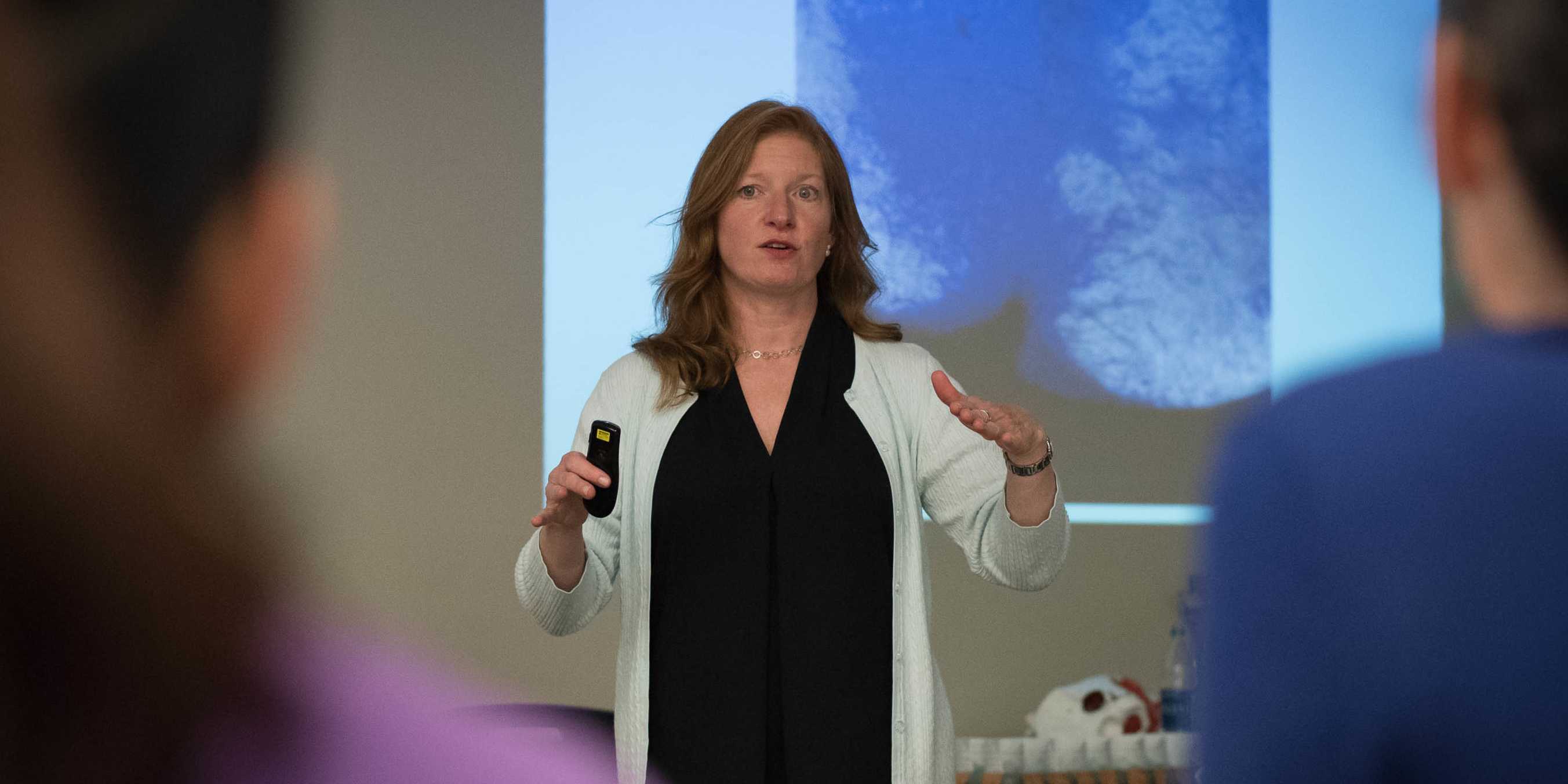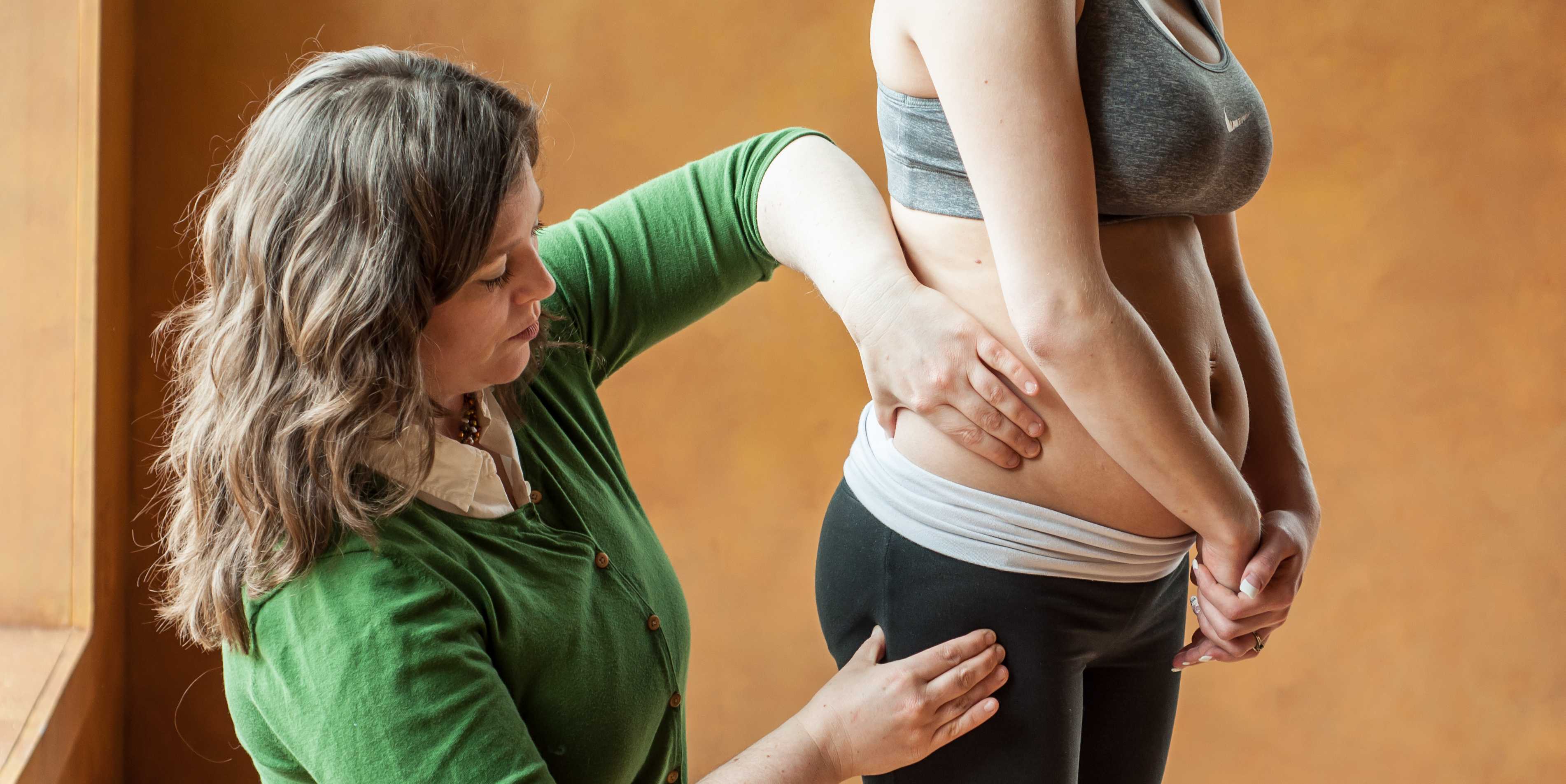Your Invitation to “Menstruation and Pelvic Health"

Hello friends and colleagues!
I cannot tell you how excited Dr. Meehan and I are to host the new version of Menstruation and Pelvic Health. Updated based on feedback from previous participants and from exciting updates in the field, this improved version is designed to be practical and engaging so that tomorrow you can make changes in how you take care of your patients who have a Menstrual Cycle.
If you’re like Kelsey, you may already have excitement and enthusiasm for this topic. If you’re like Taylor, this course may cause anxiety or bring up strong feelings. Don’t worry…this is a safe space, and we will walk on this journey together in a supportive and positive forum with the goal of understanding and creating solutions. If you are like Steve, you may feel a little out of your element right now. You may believe you don’t have anything to contribute to this conversation, and maybe you weren’t planning to focus on women’s health anyway. But I believe everyone has a role to play on this journey. Paying attention to other people’s experiences allows our world to grow and enables us to help our patients in ways we never realized we could.
In Part 1: Cultural aspects of the Menstrual Experience, we talk about why it can be so challenging to talk about periods and ways we can fix that problem. We discuss the many advances we have made over the years and also the challenges still left to overcome. We explore those highly elusive but very important positive aspects of the Menstrual Experience and ways to cultivate this perspective.
In Part 2: Menstrual Structures and Processes, we discuss the hormones, anatomical structures, and physiological processes that make up the normal Menstrual Cycle. We learn how the HPO Axis regulates the Menstrual Cycle, the hormones, and organs involved in preparing the uterus for a most amazing experience. Understanding the underlying anatomy and processes is critical to understanding the symptoms and disorders, and more importantly, to interventions that can help patients improve their Menstrual Experience.
In Part 3: Menstrual Symptoms and Disorders, we discuss the wide variety of symptoms such as dysmenorrhea, heavy bleeding, off-cycle spotting, emotional concerns, and challenges managing vaginal discharge. We also discuss common Menstrual Disorders such as PMS, PMDD, PME, endometriosis, adenomyosis, PCOS, and fibroids. This information helps practitioners become in tune with the symptoms our patients might be having but could be reluctant to talk about.
In Part 4: Menstrual Interventions, we discuss non-hormonal, non-prescription, and non-surgical interventions to improve the Menstrual Experience of your patients. We emphasize the use of a variety of interventions in a holistic manner to help your patients make real changes. We talk about how to conduct Menstrual Tracking and Diaries, and we design Flow Management Plans to help patients meet the challenges of life on any day of the month and communicate their concerns with medical providers. In a recorded interview with Beth Kemper, we see demonstrations of manual techniques to use during different parts of the Menstrual Cycle.
We explore important, provocative, and sometimes controversial Menstrual Topics issues such as: Chronobiology, Interoception, Menstrual Mindfulness, Menstrual Molimina, Menstrual Optimism, Menstrual Pride, Cultural Menstrual Milestones, Menstrual Seasons, If Men Could Menstruate, Toss or Keep: An Underwear Journey, What is a ‘Normal Period’ Anyway?, Prostaglandins and Period Poops, Irritable Male Syndrome, Wearing White at Wimbledon, Women are not Small Men, High Performance Cycling, Cycle Syncing, Seed Cycling, Toxic Shock Syndrome, PFAS, Menstrual Products and the Environment, Menstrual Cups and IUDs, Menstrual Cups and Uterine Prolapse, Investing in a Period Basket, a Go Bag, and a Cycle-Friendly Wardrobe, and my favorite…The Kindest Gift: A Better Menarche.
To help sift through infinite information and mis-information available on social media, we give reviews of influencers and products.
And in this second edition, we have added interviews with expert pelvic floor practitioners: Ramona Horton, Jenna Ross, and Beth Kemper to give you insight into years of experience in the field of pelvic health that you can use to help your patients.
During the live course lecture, Dr. Meehan shows us yoga and stretch poses that we can use with our patients appropriately on any day of the month. We provide demonstrations of Menstrual Volumes to help visualize the amount of blood lost on each day of a period. We have demonstrations of Menstrual Products and show their absorptive and collective capacities. We talk about the pros and cons of a variety of menstrual products:
- Liners and pads: disposable and reusable, interlabial pads
- Tampons: demonstration of different absorbency levels and shape when expanded, new technology, applicator vs no applicator, and navigating the absorbency level, number of hours inside
- Cups and discs: including insertion and removal techniques, daily washing, and cyclic ‘sterilizing’
- Period overnight wear: much-needed sleep and less anxiety about overnight flooding
- Period activewear: functional and stylish options for gym, yoga, and around town
- Period swimwear: one piece and bikini, for competition or just chillin’ in the sun
This newly updated class brings a wide variety of information to your fingertips, as pelvic floor practitioners, so that you can put the pieces together with your next patient to improve their Menstrual Experience…tomorrow. Dr. Meehan and I hope to see you during the next class on June 7th! Please feel free to contact me with any questions, concerns, or contributions.
All voices are welcome!

Nicholas Gaffga, MD, FAAFP, MPH
ngaffga@hotmail.com
By accepting you will be accessing a service provided by a third-party external to https://www.hermanwallace.com/




































